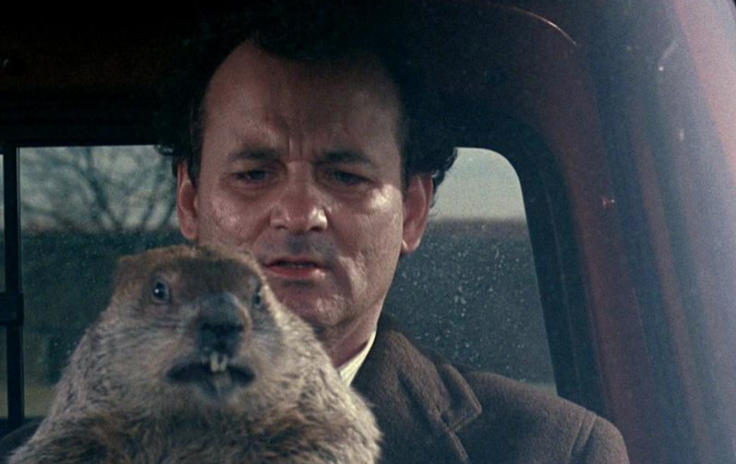Groundhog Day 2021: How Accurate Are Punxsutawney Phil's Predictions About Winter?
KEY POINTS
- Groundhog Day is observed on Feb. 2 and involves a groundhog predicting the weather for the next six weeks
- The very first Groundhog Day was celebrated in 1887 and was started by a man named Clymer Freas
- Data shows that Punxsutawney Phil's predictions are only between 36% to 39% accurate
Groundhog Day is a rather unorthodox holiday celebrated in the United States on Feb. 2 every year. The special day involves literally just that -- a groundhog.
In Punxsutawney, Pennsylvania, the central figure of the Groundhog Day celebration is a cute little groundhog named Punxsutawney Phil. The woodchuck is responsible for predicting the weather for the next six weeks -- a pretty big task for an animal of its size.
Local tradition states that if the groundhog sees its shadow due to clear weather after coming out of its burrow on this day, it would then retreat to its little cave, giving the verdict that the next six weeks will still have winter weather. But if it does not see its shadow, due to cloudiness, the little weatherman would send the signal that the town will be experiencing an early spring.
Groundhog Day has been around for a long time, with the first being celebrated in 1887. But how accurate are Punxsutawney Phil's predictions exactly? According to Earth Sky, the furry creature is not very reliable when it comes to predicting the weather, with his predictions being correct less than half the time.
So far, Phil and his predecessors have predicted 103 forecasts of more winter and 20 early springs, according to the Groundhog Club's records. Since 1887, there have only been nine years without any record of a prediction, and it is not clear what happened to Punxsutawney Phil during these years.
Stormfax Almanac data shows that Phil's predictions are correct only 39% of the time -- not exactly the ideal rate to gain national credibility. According to Tim Roche, a meteorologist at Weather Underground, Phil's accuracy rate even went down to around 36% percent from 1969 on, though the groundhog was more accurate when it doesn't see its shadow.
"When Phil predicted a short winter, he was much more likely to be right," Roche told Live Science last year. "Out of the 15 times that he didn't see his shadow and predicted an early spring, he got it right seven times that's a 47% accuracy rate."
The members of the Punxsutawney Groundhog Club’s Inner Circle, however, would beg to differ. The group insists that little Phil's predictions are accurate 100% of the time. Regardless, states across America, along with other countries, continue to celebrate Groundhog Day, adding their own touches and nicknames for the unique holiday.
The very first Groundhog Day was started by a local newspaper editor named Clymer Freas. At the time, he and his group made their way to Gobbler's Knob where the groundhog made its first-ever prediction of the weather.
Today, Groundhog Day goes by many names such as Marmot Day, Sretenje, Siebenschläfertag (Seven Sleepers Day) and Imbolc.

© Copyright IBTimes 2024. All rights reserved.





















